Imagine coming home after a long day, only to find your cat sprawled blissfully on the sunny windowsill, purring softly, eyes half-closed. It’s a sight that warms the heart of every cat lover. But how do you truly know when your feline friend has finally let their guard down and feels truly at home? The answer isn’t always obvious, but there are plenty of signs — some subtle, some hilariously bold — that reveal your cat has finally claimed your space as their own. If you’ve ever wondered whether your cat has graduated from wary guest to confident family member, you’re in the right place. Let’s dive into the world of feline comfort and decode the clues together.
The Slow Blink: A Cat’s Secret Handshake

Have you ever caught your cat giving you a slow, deliberate blink? This isn’t just sleepy behavior — it’s actually one of the most genuine signs of feline trust. When a cat looks at you and closes its eyes slowly, it’s like they’re giving you a gentle “hello” or even a cat-style hug. Think of it as their secret handshake with you, their chosen human. If your cat is slow blinking at you from across the room, it means they feel safe enough to let their guard down. Try returning the gesture; you might just start a silent conversation that strengthens your bond. Slow blinking can melt away the last bits of uncertainty a new cat might have in a strange home. This simple gesture is a beautiful, wordless way your cat says, “I trust you.”
Confident Exploring and Tail-Up Walks
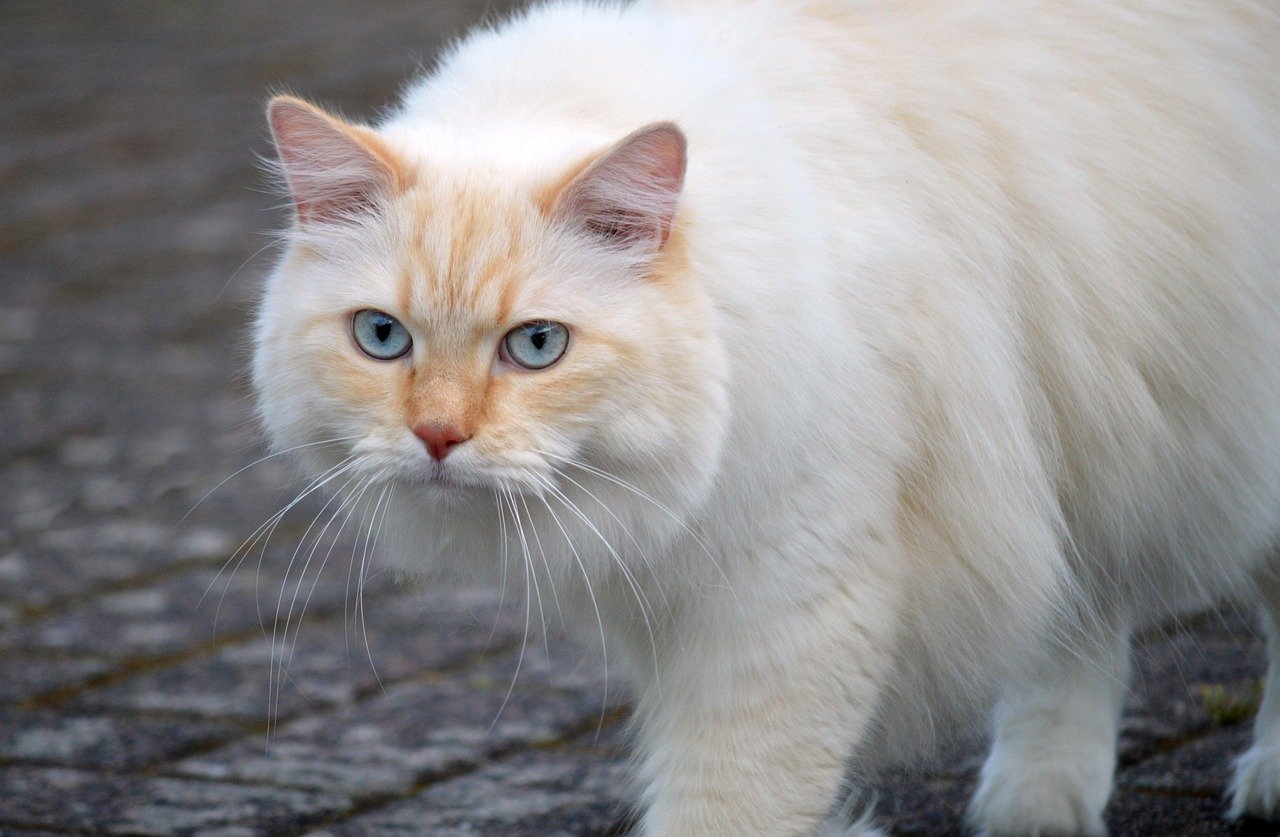
When a cat first arrives, it usually slinks around low to the ground, sticking to the shadows. But once your cat feels at home, you’ll notice a bold transformation in how they move. Suddenly, they’re striding through the house with their tail held high, even giving it a jaunty little curl at the end. A tail held up like a flag is a universal sign of feline happiness and confidence. It’s like they’re announcing to the world, “This is my kingdom!” You might see your cat investigating every nook and cranny, poking their head into closets, or hopping onto surfaces they’d previously ignored. Confident exploring means your cat feels safe and in control of their new territory. It’s a sign worth celebrating.
Flopping and Exposing the Belly

Nothing says “I trust you” like a cat rolling onto its back and showing its belly. This vulnerable pose is the ultimate compliment from a feline. While some cats might still swat at your hand if you try to give a belly rub (old habits die hard!), the willingness to expose their most sensitive area means they no longer feel threatened in their environment. You might notice your cat stretching luxuriously on the carpet, rolling from side to side, or even sleeping belly-up in a sunny patch. This isn’t just adorable — it’s a sign that your cat feels completely at ease. As a cat owner, witnessing this moment feels like winning a tiny trust lottery.
Purring in Unexpected Places

Purring is often associated with contentment, but the context matters. When your cat starts purring outside of the usual petting sessions — perhaps while lounging alone or exploring a new room — it’s a strong indicator they’re comfortable in their surroundings. You might hear a low, steady purr while your cat kneads a blanket or curls up on a newly discovered perch. This spontaneous purring means your cat is feeling safe without needing constant reassurance from you. It’s the sound of a cat who has finally exhaled and decided, “Yes, this is home.” Pay attention to when and where your cat purrs; it can reveal a lot about their emotional state.
Sleeping in the Open
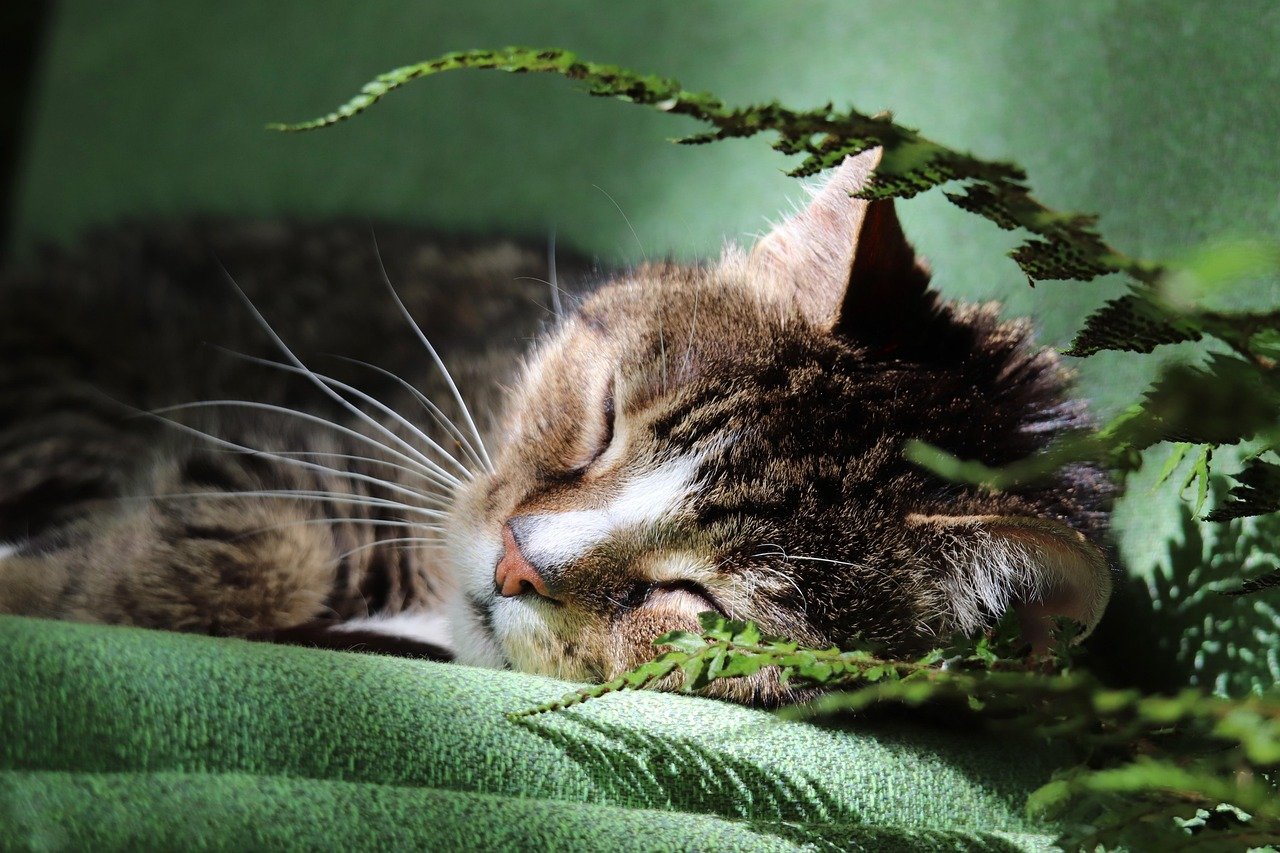
In the wild, cats are both predators and prey, so sleeping out in the open is a big deal. When your cat starts snoozing in the middle of the living room, stretched out on the couch, or even on your bed, it’s a sign they no longer feel the need to hide. At first, most cats will seek out secluded corners or under-the-bed hideaways for naps. Over time, as trust builds, you’ll notice your cat choosing more exposed places to rest. This shift is a clear indicator of their growing confidence. A cat that sleeps in the open is a cat that feels truly at home — and it’s one of the most heartwarming milestones for any cat parent.
Head Butts and Cheek Rubs

Cats have scent glands on their heads and cheeks, and when they rub against you or your furniture, they’re leaving behind a bit of themselves. This marking behavior is a way of saying, “This is mine — and so are you.” If your cat starts butting their head against your hand, your face, or even your favorite book, take it as a compliment. They’re marking you as part of their family and their territory. Cheek rubs on door frames, table legs, or even your shoes mean your cat is comfortable enough to claim the space as their own. It’s a subtle but deeply meaningful ritual.
Playful Zoomies and Ambushes
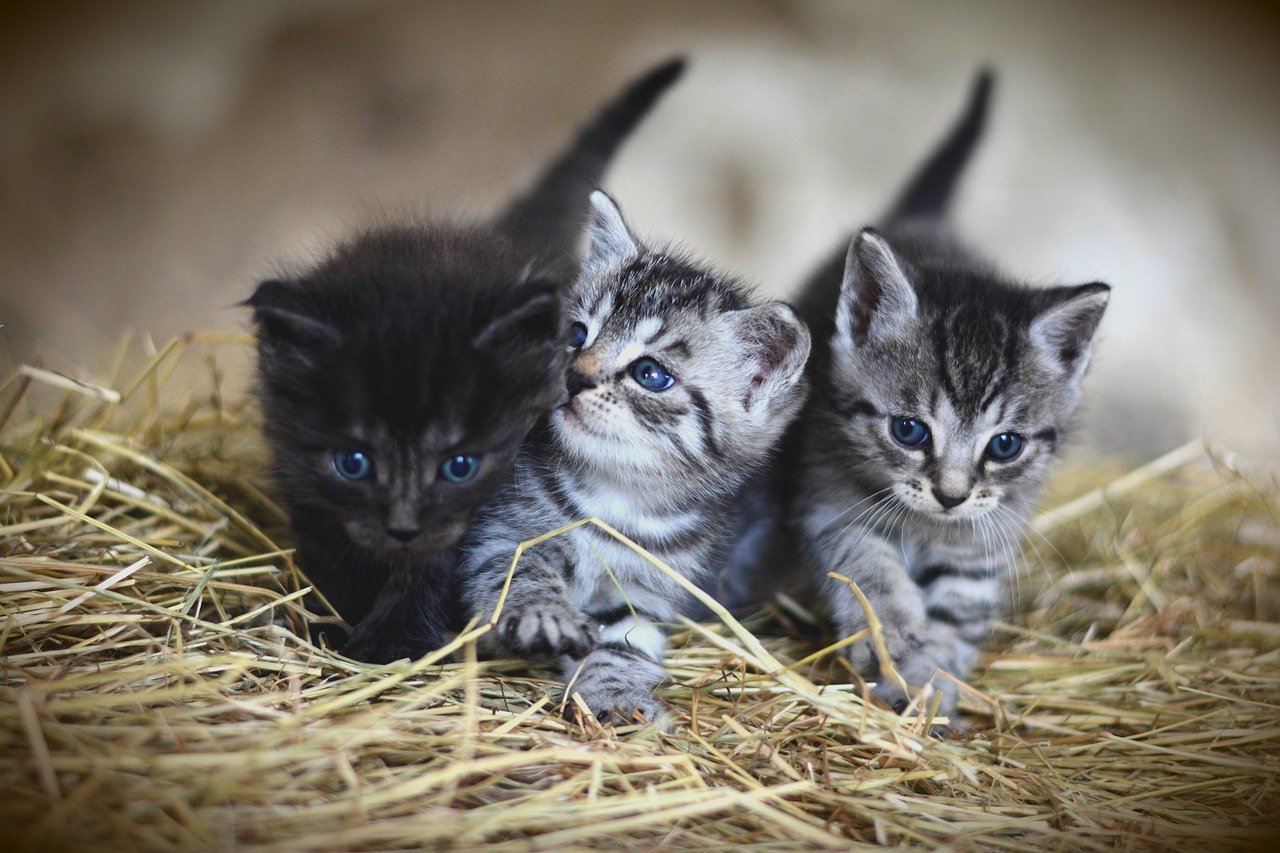
Suddenly, your living room becomes a racetrack at midnight. Your cat tears through the house, leaps onto the furniture, and pounces on invisible prey. These so-called “zoomies” are more than just a burst of energy — they’re a celebration of comfort and joy. When a cat feels safe, their playful side comes out. They might ambush your feet as you walk by or chase after a crumpled piece of paper with wild abandon. Playfulness is a sure sign your cat feels secure and happy in their environment. It’s also a chance for you to engage and bond, so don’t be afraid to join in the fun!
Grooming in Your Presence

Grooming is a private activity for most cats. When your cat starts cleaning themselves while you’re in the room — or even on your lap — it shows they trust you enough to let their guard down. This behavior is a huge compliment, akin to a person feeling comfortable enough to let you see them at their messiest. You might notice your cat licking their paws, washing their face, or giving their coat a thorough once-over while you watch TV or read a book. It’s a sign that your presence is calming, not threatening. Grooming near you means your cat truly feels at home.
Meowing and Chirping Conversations

Some cats are naturally chatty, while others take time to find their voice. When your cat starts meowing, chirping, or making little trills in your direction, it’s a sign they’re comfortable enough to communicate. These vocalizations can range from soft “hello” meows to insistent demands for attention or play. Listen closely — your cat is learning that you’re someone worth talking to. Over time, you’ll start to recognize the different sounds and their meanings, creating a unique dialogue between you and your feline friend. A talkative cat is often a happy, comfortable cat.
Kneading and Making Biscuits
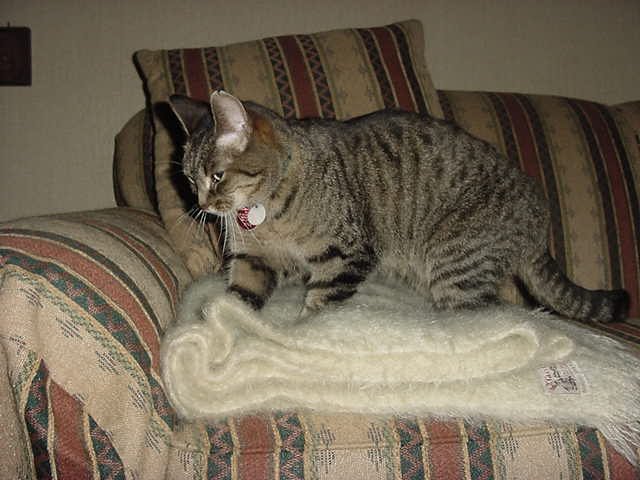
Kneading is one of those quirky cat behaviors that always brings a smile. When your cat pushes its paws rhythmically against a soft surface — or even your stomach — it’s reenacting a comforting motion from kittenhood. Cats knead their mothers to stimulate milk flow, so when they do it in your home, it’s a sign of deep contentment and trust. This “making biscuits” behavior means your cat feels so at ease that they’re reverting to their most vulnerable, kittenish state. It’s a beautiful, if sometimes claw-filled, show of affection.
Bringing You “Gifts”

One day you might wake up to find a feather, a toy mouse, or — if your cat goes outside — something a bit more unsavory waiting at your feet. As strange as it sounds, this is your cat’s way of sharing their success and caring for you. In the wild, cats bring prey to those they consider family. When your cat starts dropping off their toys or other treasures, it’s a sure sign they see you as part of their inner circle. Accept the “gifts” with a grateful heart; it’s their way of saying, “We’re in this together.”
Following You from Room to Room
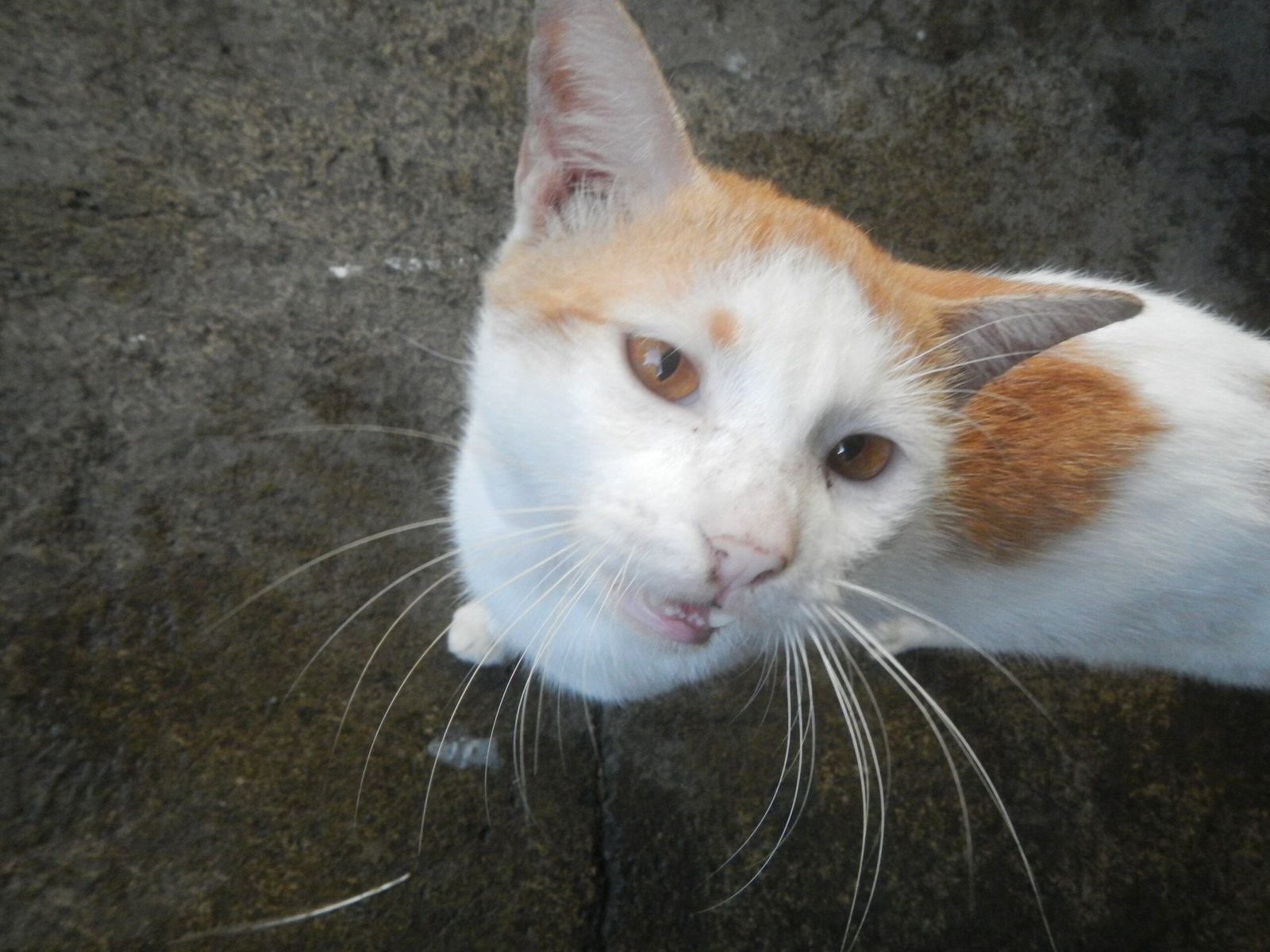
If your cat is shadowing you around the house, it’s not just out of curiosity — it’s a sign they genuinely enjoy your company. At first, new cats might keep their distance or hide away. But as they settle in, you’ll find them trailing at your heels, watching you cook, or hopping onto the bathroom counter while you brush your teeth. This following behavior is a sign of attachment and trust. Your cat feels safe enough to let you lead the way, and they want to be wherever you are. It’s both flattering and a little bit like having a fuzzy, four-legged bodyguard.
Relaxed Body Language and Soft Eyes

A tense cat is easy to spot — their body is tight, ears are flat, and their eyes are wide and darting. When your cat finally feels at home, their posture transforms. You’ll notice loose, floppy limbs, a gently swaying tail, and half-closed, relaxed eyes. Their ears are upright and forward, showing interest rather than fear. These physical cues are subtle but powerful indicators of comfort. Watch for the little things: a gentle tail flick, a slow stretch, or a soft yawn. All of these mean your cat is truly at ease in their new environment.
Curiosity About Visitors

At first, many cats dart under the bed when strangers come over. But a cat who feels at home may start showing curiosity about new people. They might peek around the corner, approach cautiously, or even greet visitors at the door. This growing confidence is a clear sign your cat feels secure in their territory. While some cats remain shy by nature, increased interest in guests is a positive shift. It shows your cat thinks of your home as their sanctuary — and they’re ready to share it, even if just a little.
Using the Litter Box Consistently

A cat who feels anxious or unsettled may have accidents outside the litter box. When your cat starts using their litter box reliably, it’s a good indication they feel comfortable and safe. Consistent litter box habits mean your cat recognizes your home as their territory and feels relaxed enough to maintain their routines. Keep the box clean and in a quiet, accessible spot, and you’ll likely see your cat’s confidence continue to grow. It’s one of those practical milestones that’s easy to overlook but speaks volumes about your cat’s sense of security.
Claiming Favorite Spots

Every cat has a favorite spot — maybe it’s a sunny windowsill, a cozy chair, or even a cardboard box in the corner. When your cat starts returning to the same places day after day, they’re staking their claim and making the house their own. You might find them curled up in the same sunbeam or perched on their chosen shelf, surveying their domain. Watch as your cat “decorates” their favorite spot with toys or even a stray sock. These habits are your cat’s way of saying, “This is mine.” It’s a small but meaningful sign of belonging.
Sleeping on or Near You
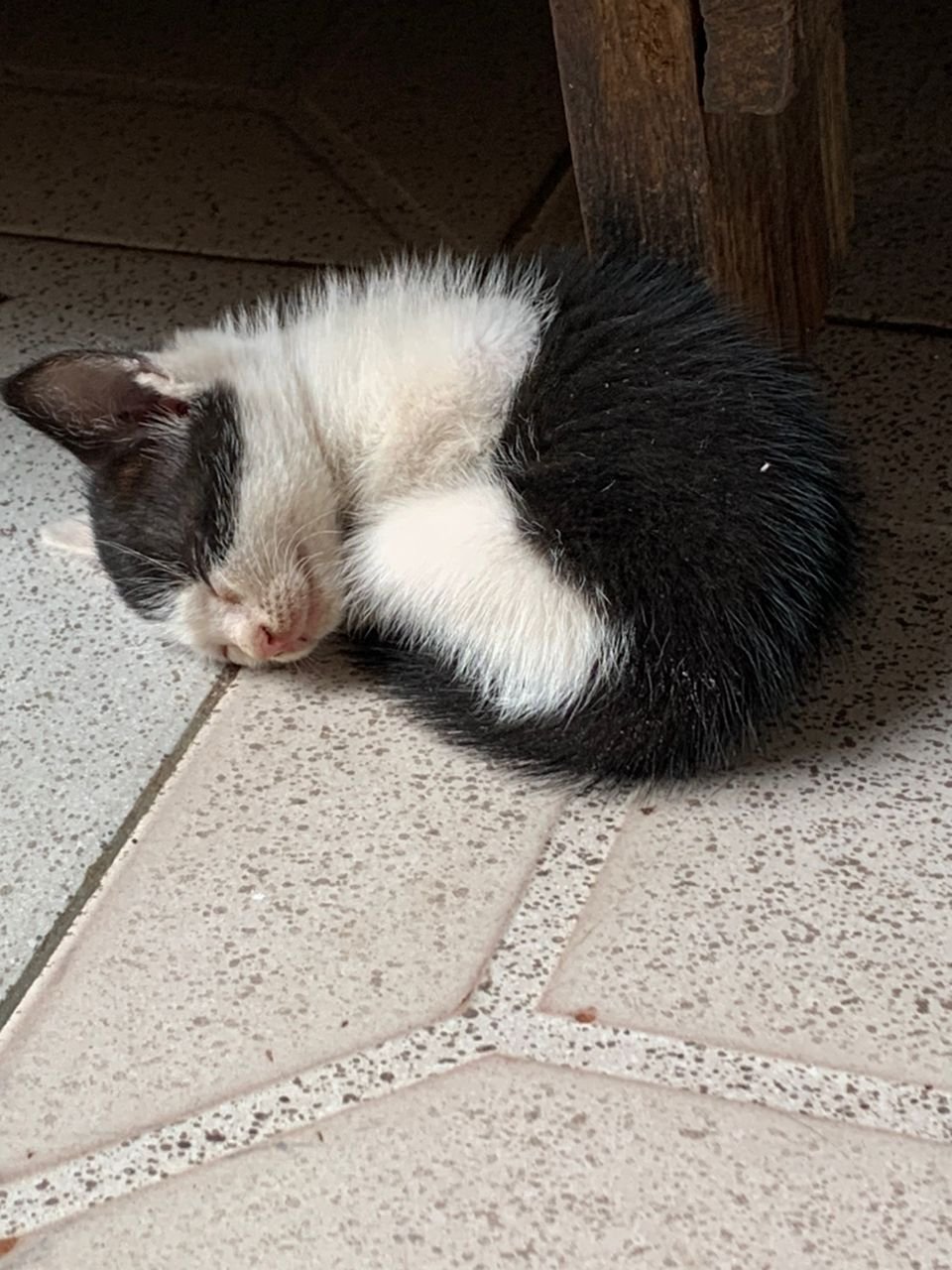
One of the most touching moments in the cat-human relationship is when your cat chooses to sleep on you, beside you, or even at your feet. This is the ultimate sign of trust and affection. Sleeping is when cats are most vulnerable, so choosing to do it in your presence means they feel completely safe. You might find your cat nestled on your chest, curled up by your legs, or stretched out on your pillow. These moments create a powerful bond and mark the transition from guest to family member. Treasure them — they’re proof your cat truly feels at home.
Eating Well and Showing Appetite

A nervous cat often eats little or not at all, especially in a new environment. When your cat starts eating with enthusiasm, it’s a sign they feel secure and relaxed. You’ll notice them coming to their food bowl right away at mealtimes, maybe even meowing for a snack. Some cats begin to develop favorite treats or playful eating rituals, like chasing kibble across the floor. A healthy appetite is a basic but important indicator of comfort. If your cat is eating well and even asking for more, it’s a reassuring sign they feel at home.
Responding to Their Name or Your Voice
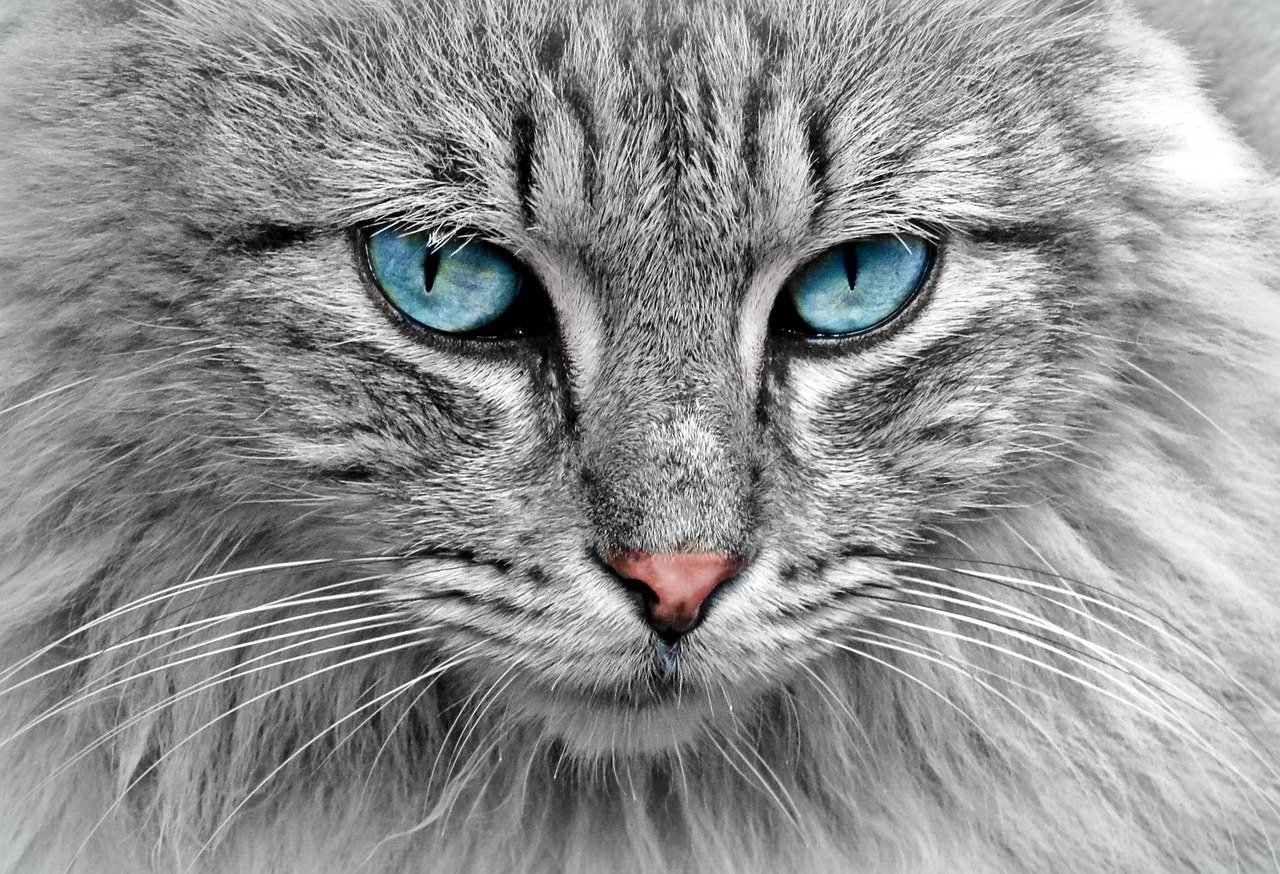
At first, your cat might ignore your attempts to call their name. But as they settle in, you’ll notice them perking up, looking your way, or even coming when you call. This response means they recognize your voice as something positive — a source of food, safety, and affection. Some cats even start to “talk back” with little meows or chirps. Over time, your cat will associate your voice with comfort and security. It’s a subtle but powerful sign of trust and connection.
Showing Affection in Their Own Unique Ways
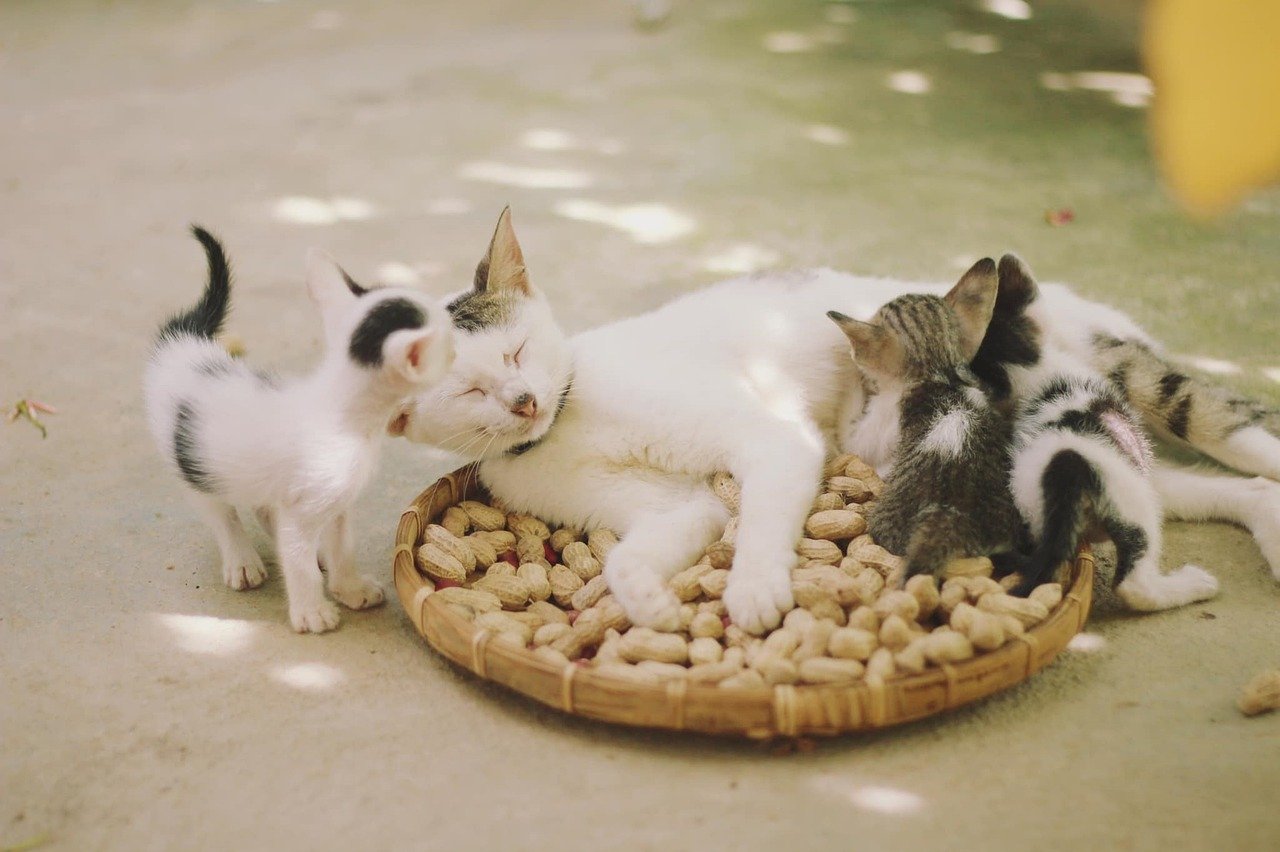
Not all cats are lap cats, but every feline has their own way of showing love once they feel at home. Some might snuggle close, others might bring you toys, and still others might simply sit in the same room as you. Watch for these unique gestures — a gentle paw on your arm, a head nuzzle, or even a soft meow at bedtime. Each cat’s way of expressing affection is different, but when they start to share these moments with you, it’s a clear sign they’ve finally found their place in your heart and home.
Hi, I’m Bola, a passionate writer and creative strategist with a knack for crafting compelling content that educates, inspires, and connects. Over the years, I’ve honed my skills across various writing fields, including content creation, copywriting, online course development, and video scriptwriting.
When I’m not at my desk, you’ll find me exploring new ideas, reading books, or brainstorming creative ways to solve challenges. I believe that words have the power to transform, and I’m here to help you leverage that power for success.
Thanks for stopping by, Keep coming to this website to checkout new articles form me. You’d always love it!






